Step by Step Guide
- Begin in Tadasana (Mountain Pose) at the top of your mat with your feet together and arms by your sides.
- Shift your weight to your right leg and lift your left foot off the ground.
- Place your left foot against the inner right thigh or inner right calf (like Tree Pose).
- Reach your arms behind your back and clasp your hands.
- If clasping is challenging, you can use a strap to hold both hands.
- Hinge at your hips and start to fold forward, keeping your left leg lifted and your hands clasped behind your back.
- Maintain a straight spine and lengthen your chest forward.
- As you fold forward, extend your left leg straight back.
- Keep your left leg in line with your torso.
- As your left leg extends, work on opening your chest toward the front.
- Engage your core to support the balance.
- Hold the pose for a few breaths, finding stability and length in the posture.
- To exit, slowly return to an upright position and release your hands.
- Lower your left leg and return to Mountain Pose.
Benefits of The Bird of Paradise (Svarga Dvidasana)
- Strengthens and Tones: Bird of Paradise strengthens the legs, core, and shoulders.
- Improves Balance: This pose challenges and improves balance and concentration.
- Hip Flexor Stretch: The extended leg provides a deep stretch for the hip flexors.
Tips for Advanced Practitioners:
- Use Props: If reaching behind your back is challenging, use a strap or a yoga belt to bridge the gap between your hands.
- Focus on Balance: Maintain a drishti (gaze) point to help with balance.
- Engage Core Muscles: Keep your core engaged to stabilize your body in the pose.
- This pose requires open hips, hamstrings, and a strong core, so it’s beneficial to warm up thoroughly.
- Avoid forcing the pose; work gradually and respect your body’s limitations.
- If you have any hip, knee, or shoulder issues, approach this pose with caution

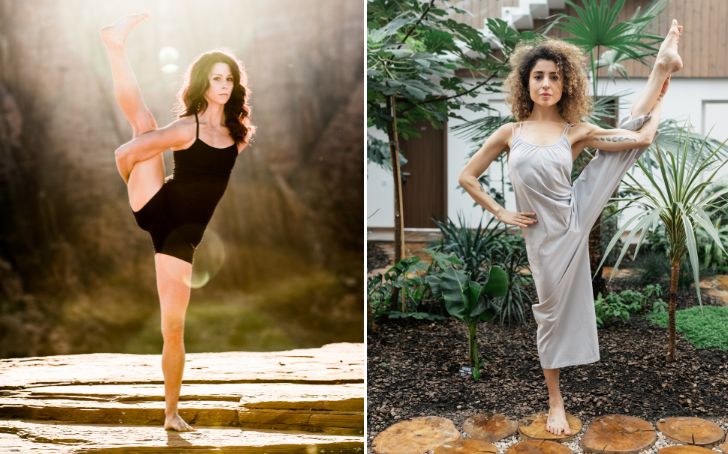
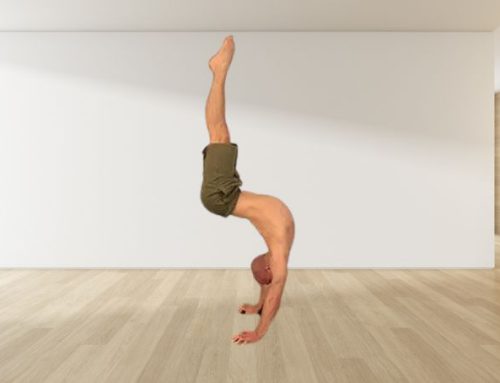
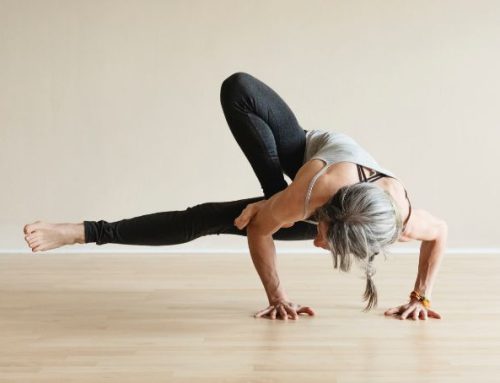
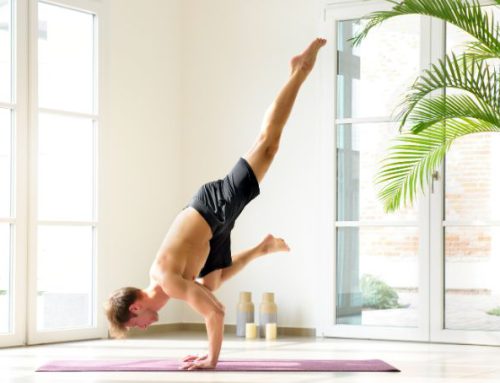
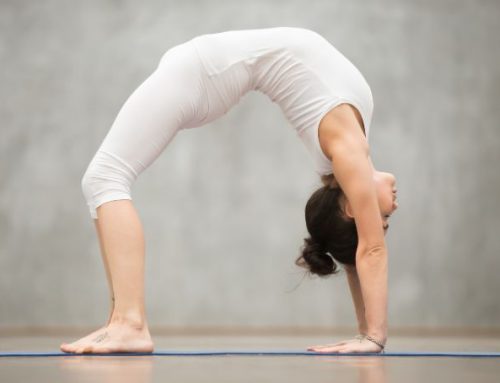
Leave A Comment